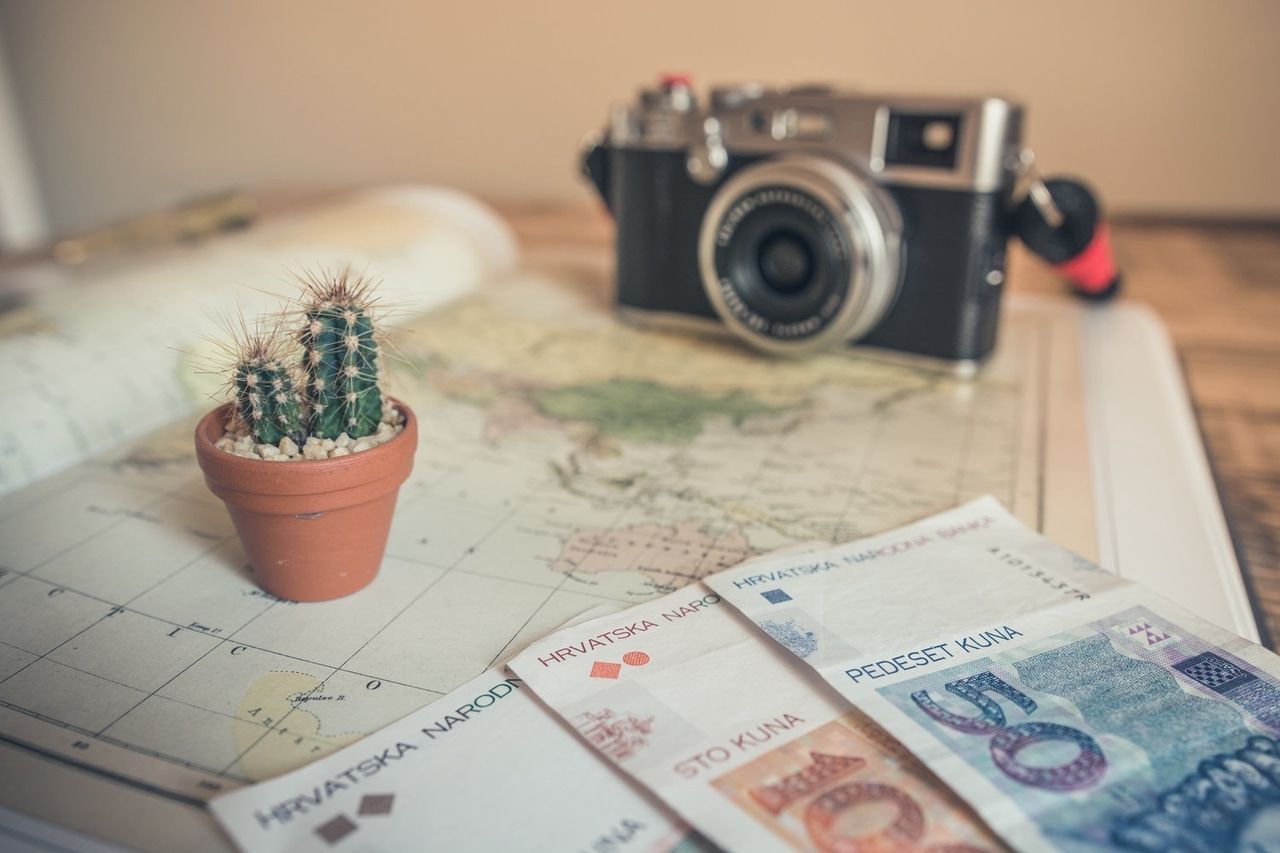
What currency is used in Croatia?
September 11, 2019The currency in Croatia is called Kuna. In everyday life, the abbreviation kn is commonly used (international abbreviation "HRK"). One Kuna consists of 100 Lipa. For one Euro, you get approximately 7.65 Kuna. The exact exchange rate always depends on the daily rate. However, there are no major fluctuations because the currency in Croatia has been stable for years. There are banknotes with values of 10, 20, 50, 100, 200, 500, and 1000 Kuna. Coins have values of 1, 2, and 5 Kuna. The small coins have values of 1, 2, 5, 10, 20, and 50 Lipa. Coins with values of 1 and 2 Lipa are not regularly in circulation. Many Kuna banknotes feature sights that are interesting for tourists. The 10 Kuna note shows the impressive Roman amphitheater in the port city of Pula. The 20 Kuna note depicts the magnificent castle of the Counts of Eltz in Vukovar. The 100 Kuna note is adorned with an image of the Church of St. Vitus in Rijeka. Other banknotes feature additional sights. With the following information, we want to make it easier for you to handle money in Croatia so that you can enjoy your luxury vacation in your dream villa in Croatia without worries. Our currency converter allows you to quickly convert Euros to Kuna and vice versa.
Frequently Asked Questions about Currency in Croatia
Is it better to exchange money in Germany or Croatia?
In general, currency exchange should be done at exchange offices and banks in Croatia because the exchange fees are not as high as in Germany. However, it is advisable to have some small change in Kuna when entering Croatia to pay fees for using highways or ferries. These can also be paid in Euros, but the exchange rate for the change is unfavorable for tourists. Additionally, only the 50 cent coin is accepted from Euro coins. In holiday resorts, you have the option to withdraw money in Kuna from ATMs with your debit card. However, you should also expect fees for this.
Where can I exchange money?
In cities and almost all holiday resorts, there are privately run exchange offices. You can usually exchange money there between 8 AM and 9 PM. It is quite easy to compare the daily rates of several exchange offices. The rates are clearly displayed. Banks and some hotels also offer the possibility to exchange money. It can also be worthwhile to compare daily rates and exchange fees with these providers.
What payment options do I have when shopping in Croatia?
Almost all shops, as well as restaurants and hotels in holiday resorts, offer the possibility to pay by credit card or debit card. Many stores also accept Euros for cash payments. To avoid misunderstandings, you should always ask in advance what payment options the respective store offers. In general, it is better to make cash payments in Kuna. When paying in Euros, there is also the problem of unfavorable daily exchange rates for change in Kuna in shops and restaurants.
What is the status of the Euro in Croatia?
The introduction of the Euro is not expected to happen in Croatia in the next few years, even though the country has been a member of the EU since 2013. Because many tourists pay in Euros, many Croatian citizens are accustomed to the Euro. Despite the stability of the Kuna, some Croatians have their savings in Euros.
The history of the Kuna
As early as the Middle Ages, payments were made with Kuna in the area of present-day Croatia. The name of the currency was first mentioned in the town of Osor on the island of Cres in 1018. In German, Kuna means "marten." In the Middle Ages, many goods were paid for with valuable marten furs. During the time when Croatia was part of Yugoslavia, the currency was the Dinar. After Croatia declared independence in 1991, the Croatian Dinar was initially introduced as a transitional currency. Since the end of May 1994, the Kuna has been the sole legal tender.